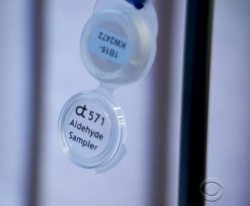As always, Assay Technology strives to be the technology leader in personal monitoring. This year, our Chief Technical Officer, Gus Manning, and our Technical Director, Maria Peralta, gave talks at the American Industrial Hygiene Conference and Exposition. Please click below to view the complete presentations made at the AIHce in May 2018. Testing Used Respirator Read More …





